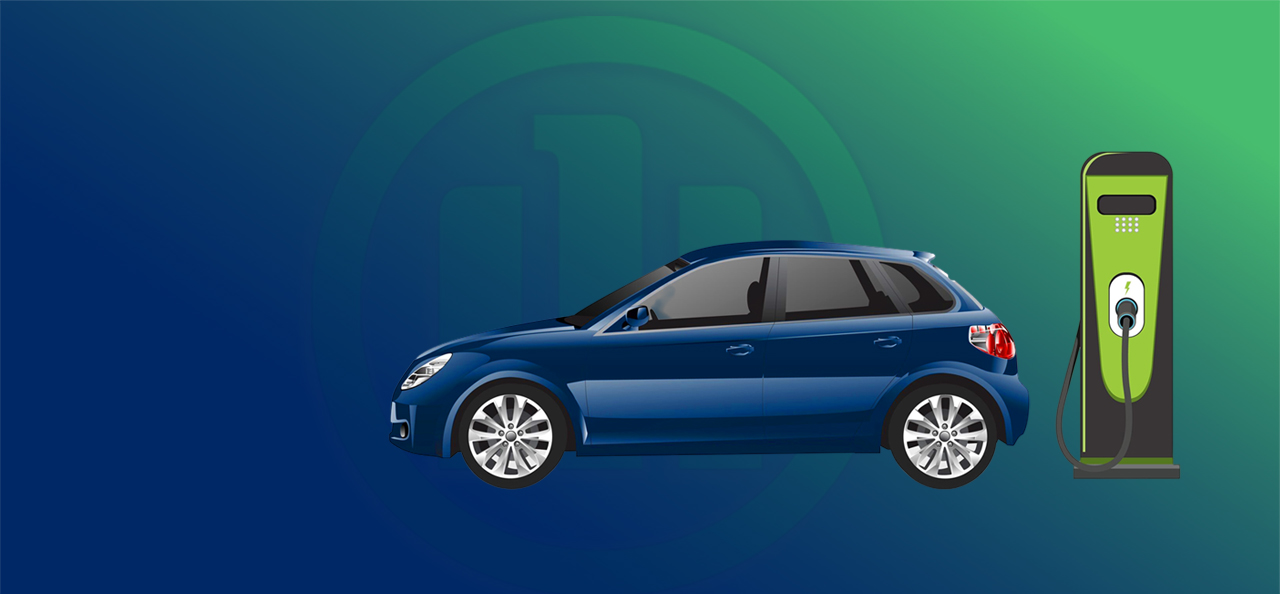EV penetration in India in FY 2023-24 was at 7%, dominated by three-wheeler segment and two wheelers with passenger cars having a low uptake of only 2%. In order to make the decision to go green easier for all, we need to understand the end consumer’s reasons for delaying this adoption. Through this article, we will explore some of these concerns and how electric vehicle automakers and assistance companies offer innovative approaches to increase electrification.
EVs represent a crucial advancement in sustainable transportation and are poised to become 30% of overall passenger car sales by 2030 in India. With governments worldwide setting ambitious targets and encouraging investments to increase EV adoption, consumers are gradually embracing the idea of clean mobility. Recent market research on consumer needs and mobility trends in India reveals that 51% of people make significant efforts to limit the environmental impact of their lifestyle, 32% are willing to pay more for sustainability, and 58% would consider an electric or hybrid car for their next vehicle.
As of 2023, India has witnessed a significant surge in the adoption of electric vehicles, with over 1.5 million EVs on its roads, including electric two-, three-, and four-wheelers. Projections indicate that this number could skyrocket to 27 million units by 2027, up from an estimated 3 million in 2019. This growth, fuelled by government initiatives like the FAME I and FAME II (Faster Adoption and Manufacturing of Hybrid and Electric Vehicles) schemes, which provides financial incentives for the purchase of EVs and various other incentives for manufacturers and consumers, paints a promising picture for the future of EVs in India.


